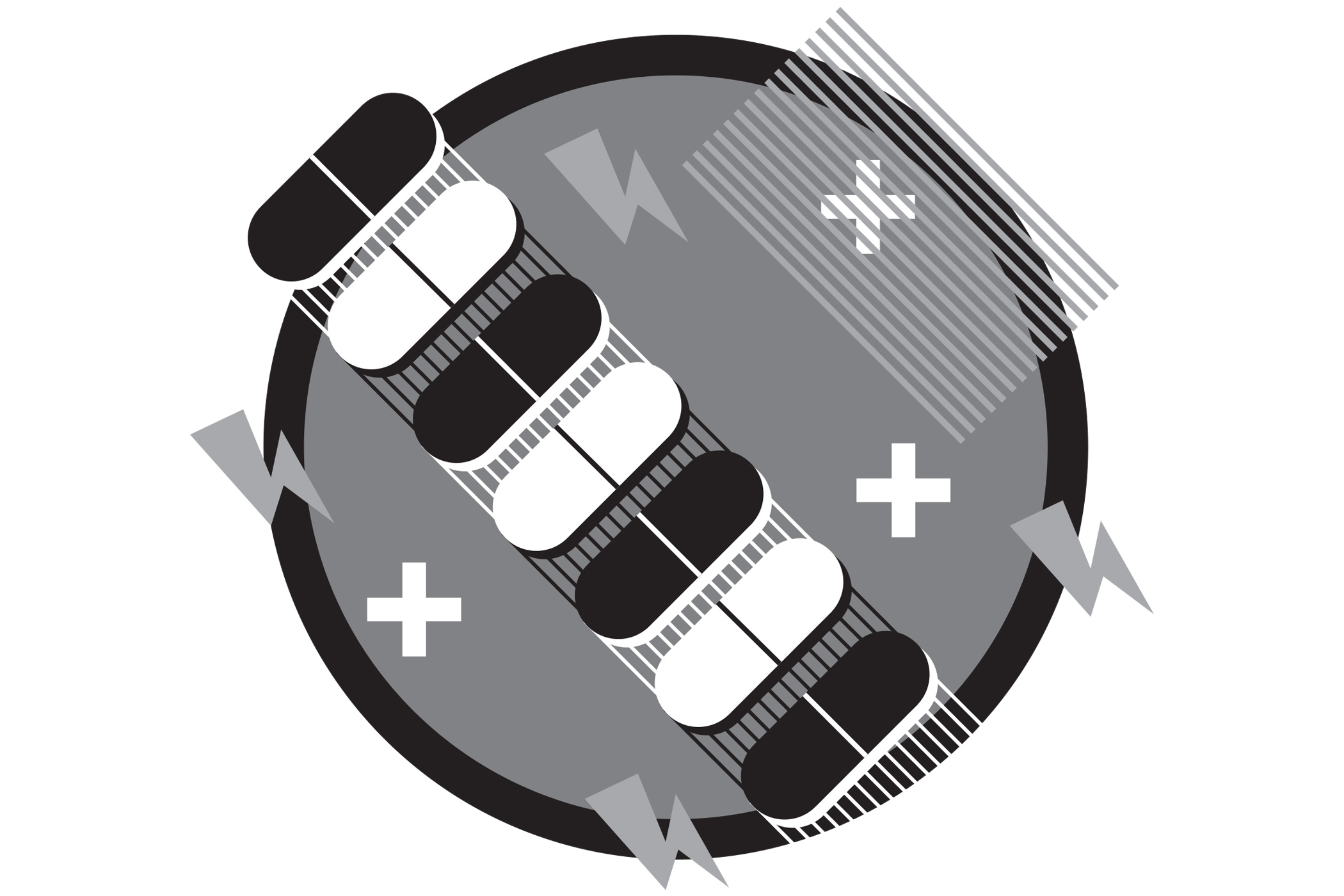This term at Portland State got off to a really rough start. There are plenty of classes that lost eight hours or more of lectures, despite the fact that the workload and requirements for the courses remain the same. A fifth of the term went by during the storms. The first few assignments of the term might have left students feeling like they are on thin ice.
The question is, how does a student recover from an academic spin-out?
The first thing to do is identify what went wrong. Missed assignment? Poor test grade? Just not grasping the material?
Good solutions cannot be made without a thorough understanding of the problem. To pull a lesson from one of my own classes about analyzing problems, keep asking “why?” until the problem is identified. After the problem is nailed down, start coming up with a plan to resolve it.
The end result, at least for academic success, is the same for everyone: Do not fail. This applies at any point during the term, but it is important to note that the best chance for recovering later relies on performing well throughout the term.
The big goal throughout all of the term is to get good grades on everything.
The plan needs to have some elements in order to work. The most important of these elements is realistic goals. If a student is behind on studying, reading course material for twelve straight hours one day is not going to do it. The plan has to be doable.
The next part is easy-to-follow steps. What is the best way to eat an elephant? One bite at a time.
By keeping the steps small, the move from one into the next will be less imposing. There is a personal philosophy out there for getting work done that relies on just doing one thing at a time, and it makes work slide along easier than a pair of Ugg slippers on a snow-covered downhill sidewalk.
The main idea behind doing just one thing is focus. Put the goal straight ahead.
One thing to keep in mind throughout all of this: Be adaptable. There will be obstacles that even the best laid plan cannot account for. Every good plan has contingencies.
The following is an example of how all this could shake out:
It is the beginning of the term, and the first two weeks were missed due to an apocalyptic snowstorm that blanketed the city in nearly a foot of snow. Walking to class in flip-flops is out of the question, even if the campus were open. The stores are practically out of bread and milk. The last thing anyone is thinking about is textbooks, studying and staying up-to-date on coursework.
Class finally resumes after the city heroically allows the ice to thaw. A student goes into the first test of this term practically blind because of a lack of studying. The test is practically snow-pocalypse 2.0, and that test is worth 15 percent of the overall course grade. The best possible grade at this point is already down to 85 percent.
That is not a failing grade, although it is far too easy to give up after a confounding result so early in the term. Why not just bail now, and do it again later?
We are not those students. We will get through this.
We know what the problem is: Because of a lack of understanding of the course material, the test was a zero. The material that this student did not study needs to be covered. The solution? Read it, learn it and be prepared for the rest of the term.
First, make a list of every assignment in every class, the due dates for these assignments and what material they cover. Next, list tests, their dates and material covered. Add in anything that does not fit these two criteria, and be specific.
Take the lists for each class and make a calendar for the term. Then, make a personal calendar showing all commitments throughout the term including class time, work and social plans. Fill in the gaps with study time. This study time needs to be further divided by class.
Here is the rub: The missed study time has to be added on instead of substituted. If study time for one class is devoted to making up for a mistake, then new material will not be covered as well, and the error will just keep repeating.
After the study time is blocked out, divide it up further into manageable bites. A study block for one class might be more than two hours one day. If the way to use that time is not properly outlined, it will probably be spent on social media or crocheting a blanket for orphan puppies (as we millennials do). Slicing up study time into specific tasks means knowing what to do and when.
It is important to plug in breaks as well. Remember, this needs to be doable.
Failure is a part of everyone’s life. How we handle failure is what makes us better people and better professionals. Nobody wants to hire a student who has given up at the first sign of trouble every time.
There are always going to be backslides on the road of life. Getting back up the hill and over the top makes us into the people we can be.
Find the problem. Fix the problem.






